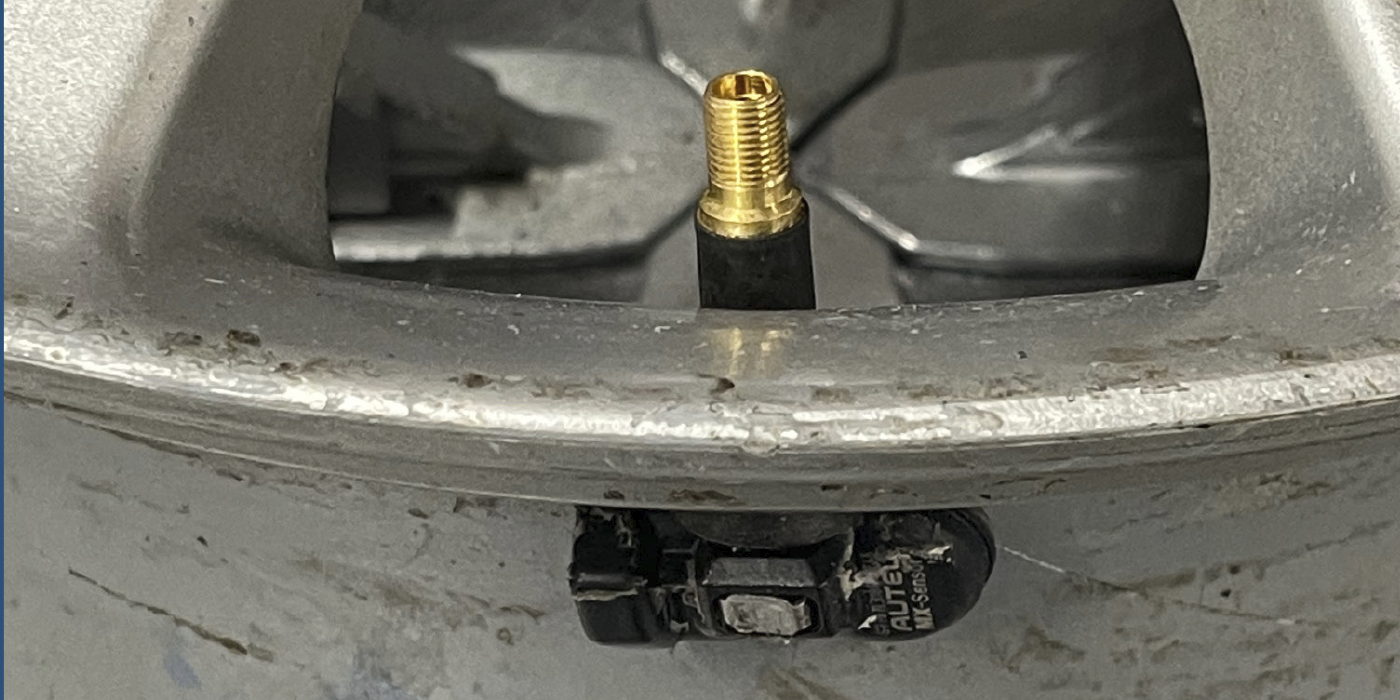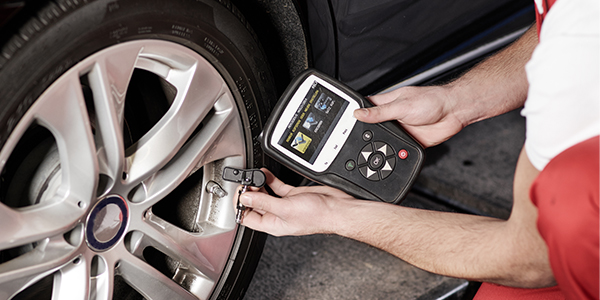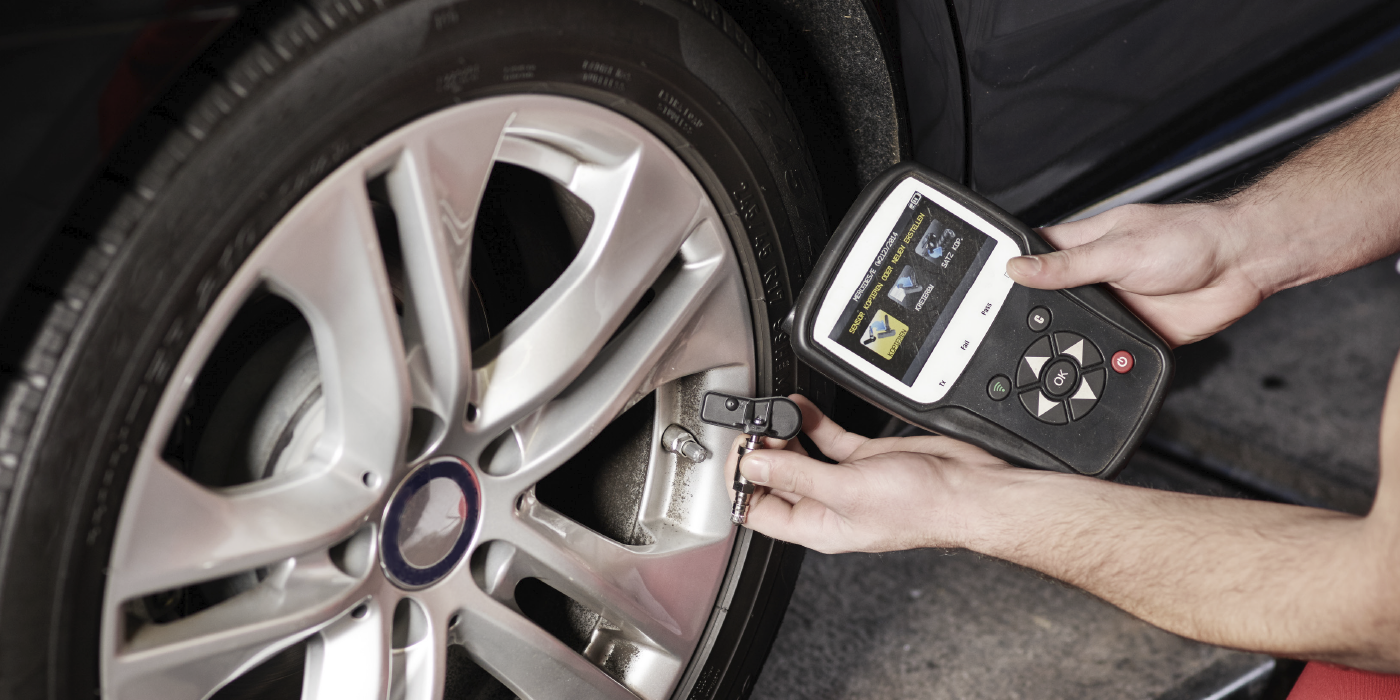Tire sealants designed to stop inflation loss from punctures and other casing injuries have been around for a long time. Traditionally, widespread uses have been concentrated in abusive (to tires) service conditions, such as mining, off-road construction, certain agricultural equipment, and similar mixed service (on/off road) applications.
Most sealants are made up using a viscous carrier that is fluid or semi-fluid and a second component of fibers or similar types of solid material in suspension. This solid material actually performs the sealing process when the tire is punctured. Typically, nail hole type punctures up to 1/4-in. diameter are sealed successfully, while larger, structural injuries are generally beyond the ability of sealants to repair. A second type of sealant makes use of a soft highly-viscous (yet pliable) rubber material built inside the traditional tire innerliner when the truck tire is new.
So what are some of the things a fleet should consider when debating to use or not use sealants? First, define how big a problem you currently have with puncture related road calls or unscheduled tire shop time. Include the negatives of delayed freight deliveries, the expense of road service, the risk of getting a non-preferred replacement tire on short notice, and the vulnerability of having a truck sitting on the roadside or worse yet, blocking traffic (e.g. Urban Waste Haul Pickup). Use expense records and try to quantify as accurately as possible all savings where records don’t exist.
Next, consider the added expense of purchasing and installing the liquid sealant or, in the case of new tires with the integral sealing lining, the added new tire cost. One nearly universal issue is that all liquid sealant must be removed from the tire interior at the pull point for retreading to allow for a pre-processing inspection. This entails a shop labor expense Also, note that most tire manufacturers consider sealants to be “temporary” repairs. Therefore, liquid sealant must be removed in most cases to make a permanent plug/patch repair to assure long term casing integrity. It follows that tire shop repair expenses should be added, recognizing that these can be scheduled and premium road calls and overtime rates should not apply. It’s also a good idea to consult with new tire and retread suppliers to make sure that casing warranty coverage won’t be affected unless the cause of failure can be directly related to use of the sealant. Tire manufacturers generally frown on the presence of any moisture inside the tire casing, especially in long life, multiple retread linehaul service. Therefore, make sure that any liquid based sealants include necessary corrosion inhibitors to protect steel belt and casing reinforcement cables in the area of the puncture.
This issue is exaggerated for tires in linehaul service and diminished for tires in wastehaul and other on/off road service. Premature corrosion of steel rim surfaces in the contained inflation area can also be an issue, since some glycol based liquid sealants become acidic over time with repeated heat cycling typical of, for example, high frequency stop/start and other high brake heat service. Therefore, more frequent steel wheel/rim re-finishing may be required.
Another issue to be considered is sealant compatibility with any sensors such as used by some tire pressure maintenance/sensing systems (TPMS). Manufacturers of these devices should be consulted. The expense of removal and final disposal of sealant materials must also be considered. TMC Recommended Practice (RP 246) titled “Considerations For Products Intended For Use Inside Tires”, especially the section titled “Evaluation Guidelines”, should be reviewed and contains a useful checklist of the more important issues to consider prior to sealant use in your operation.
Article courtesy of TIRE REVIEW.













